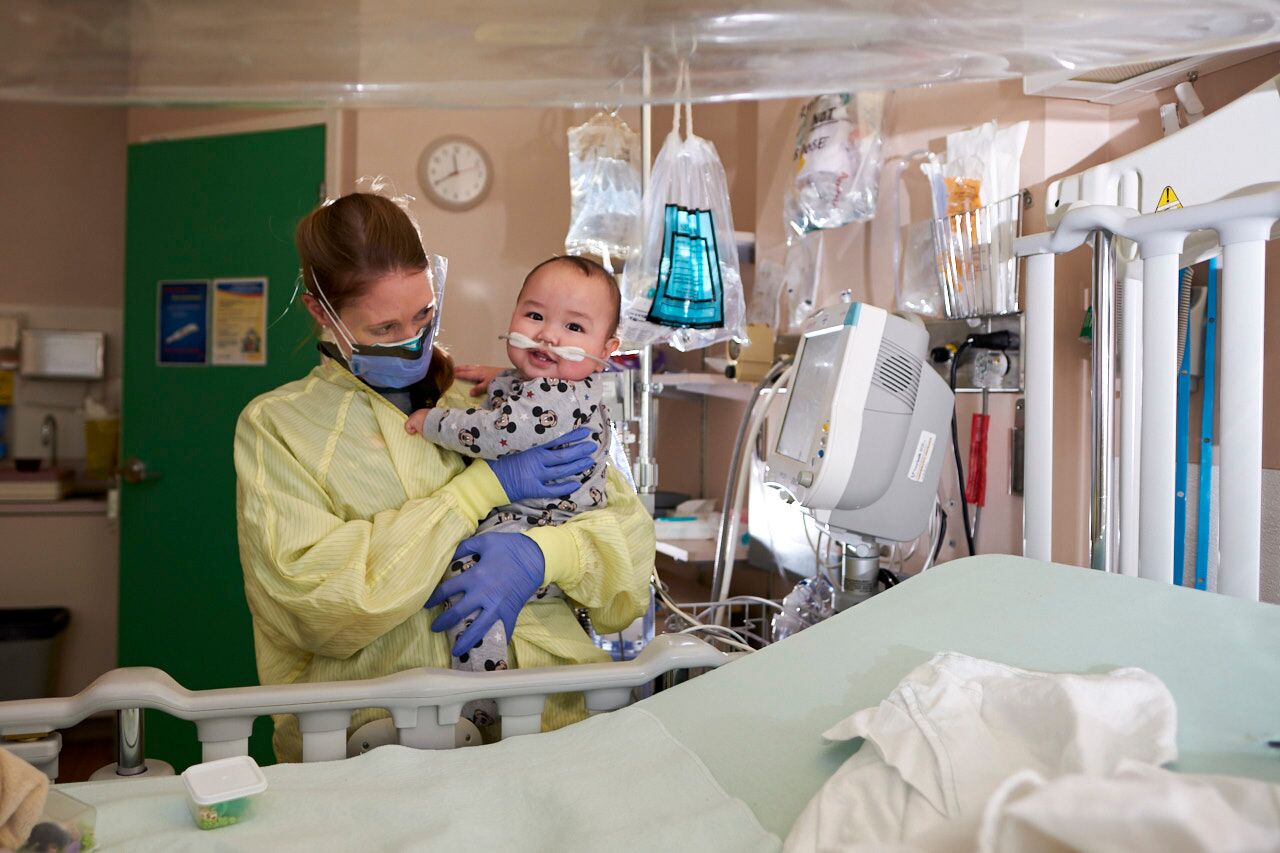JUMP TO: ACTIONS WHERE ARE WE NOW DOCUMENTS & REPORTS
Background/ Why Is This Important?
Pediatric Early Warning Systems (PEWS) are used internationally to promote early identification and mitigation of deterioration in hospitalized pediatric patients.
BC health authority leaders and clinicians have identified the implementation of PEWS as a high priority in hospitals that care for children. The Child Health BC Steering Committee endorsed a standardized approach to the development, implementation and evaluation of PEWS in BC hospitals (BC PEWS).
BC PEWS is a five-component system that provides a standardized framework and language to identify potential deterioration in a child, mitigate the risk and escalate care as needed as early as possible.
What Actions Have Already Been Taken?
Through the work of Child Health BC and partnering with the Regional Health Authorities, British Columbia is the first jurisdiction in North America to adapt a province-wide standardized early warning system for pediatrics.
_0.jpg)
The initiative includes a number of phases and components:
- Implementation to date of BC PEWS in more than 44 hospitals in BC that admit pediatric patients.
- Evaluation and research completed for 14 sites, which showed that BC PEWS has resulted in improvements in care, clinical documentation and clinician satisfaction. Opportunities for further education were also documented.
- A research pilot at Richmond Hospital Emergency Department (ED) to assess the potential value of using PEWS in the ED, which showed similar positive results.
- In September 2018, Child Health BC decided to expand the initiative to include implementation of PEWS in emergency department settings (BC PEWS ED).
Where Are We Now?
Based on evaluation and research results, Child Health BC is redesigning the PEWS flowsheet and developed a PEWS Refresher Course as an online education resource.
Implementation of BC PEWS ED is currently underway, supported by Child Health BC’s provincial strategies for education, implementation, and quality improvement and evaluation

